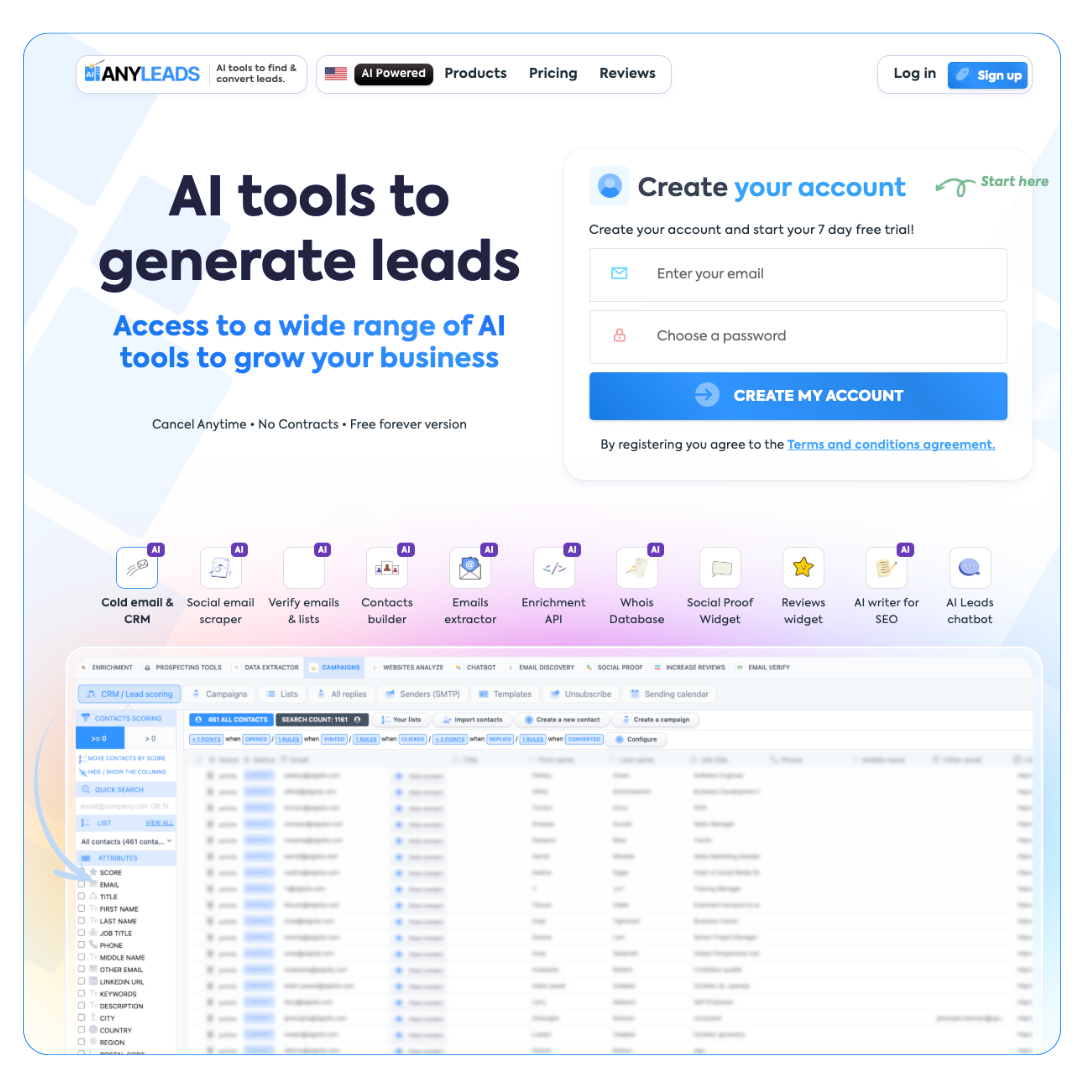 LIMITED SPOTS
All plans are 30% OFF for the first month! with the code WELCOME303
LIMITED SPOTS
All plans are 30% OFF for the first month! with the code WELCOME303

 LIMITED SPOTS
All plans are 30% OFF for the first month! with the code WELCOME303
LIMITED SPOTS
All plans are 30% OFF for the first month! with the code WELCOME303


Help desks will be streamlined, HR will have less work, and responses will be quicker with AI. But for every success story, there’s a quiet failure—systems that ignore bias, overreach on data, or trigger employee backlash. These issues don’t stem from the technology alone. They happen because companies don't check their work, ignore what people say, or launch things without any rules. Teams need to know what could go wrong with AI before they make it bigger. Head off trouble before it starts. Learn about the major risks, get easy solutions, and check if your system can handle expansion—we give you the numbers. It's all here. Start small, measure well, and plan for people.
Using AI in human resources offers powerful benefits but also brings major challenges that need careful handling. Companies must deal with these risks to make sure their HR assistant AI adds value without causing problems.
AI systems can continue and increase existing biases when they learn from historically biased data. Studies show that algorithms often mirror their creators' views. The IT workforce has few women, African-Americans, and Latino professionals, which leads to biased algorithms. This becomes a real problem in recruitment, where AI recruitment software might prefer candidates who use words that men typically use in their resumes, like 'executed' or 'captured.'.
Companies should set up formal accountability through new governance structures to reduce algorithmic bias. Some have AI ethics representatives in each business unit who watch over AI policies and practices. Regular checks and updates help find and fix biases that pop up when AI systems work in HR settings.
AI creates major privacy risks when it handles sensitive employee data. The GDPR and other modern data protection laws want companies to collect less data, which doesn't work well with AI's need for lots of information. Companies need new governance structures to show they take these risks seriously.
Companies should check AI tools carefully before using them and find legal reasons to collect and process personal data. They need to create an employee data bill of rights that explains why they collect data, limits what they gather, and lets employees know about their collected information.
When employees fear AI, it usually means there's poor communication and unrealistic expectations. Common worries include:
Jobs might disappear due to automation
Wrong or biased results could hurt performance reviews
AI tools tracking digital work feels invasive
Being turned into just a number or statistic
Companies can ease these fears by showing how AI works, explaining its good and bad points, and testing solutions thoroughly. A clear internal AI policy helps build trust by explaining how tools work, what data gets collected, and how decisions get reviewed. People should stay involved in making decisions, so AI remains a helper, not the final judge.
Measuring success plays a vital role in HR assistant AI projects. Companies need clear metrics to track performance and scale their AI systems for better returns.
The right metrics help companies measure how AI affects three key areas. Efficiency metrics track AI's ability to reduce manual work, especially HR ticket handling rates. Good AI systems can resolve 50-70% of HR requests automatically. Time saved per ask shows real productivity gains, with some HR teams saving more than 1.5 workdays weekly. According to Fantasy.ai, AI is helping companies save around 300 billion hours of productivity each year—highlighting just how impactful well-implemented AI tools can be across the workforce.
Experience metrics show better employee satisfaction and involvement. Response times drop from hours to just minutes with AI. Users often rate these systems above 9/10 compared to old methods. Strategic impact metrics reveal AI's bigger company benefits. These cover lower costs, better manager support, and consistent compliance.
Regular checks help confirm AI systems deliver results. Teams should track how AI affects daily operations and staffing needs. Companies also need ways to gather user feedback regularly.
Feedback tools let employees mark answers as useful or not, which helps make the AI more accurate. Yet only 23% of companies check what employees think about their AI systems. Those who do see 32% better adoption at all job levels.
Moving from test phase to company-wide use works best in stages. Companies should first test AI in controlled settings with clear goals. After good results, they can roll out to smaller groups before full launch.
Before scaling up, tech teams must check if their systems can handle more data. Companies ready for full rollout should keep checking data quality and set up feedback systems that capture how people use the AI and how well it works.


HR AI can save time, improve service, and uncover insights—but only if it’s built on accountability. Without regular feedback, legal clarity, and honest rollout plans, even smart systems cause frustration. Track what matters. Test before scaling. Show people what the system does, and why. Bias, privacy, and mistrust don’t fix themselves. Clear goals, user input, and performance reviews keep AI aligned with real needs. Avoid hype. Focus on value. Let data guide decisions, not assumptions. The strongest HR AI efforts come from companies that think carefully, often listen, and adjust fast.